The Next Generation of ADCs and Their Potential for Non-Small Cell Lung Cancer

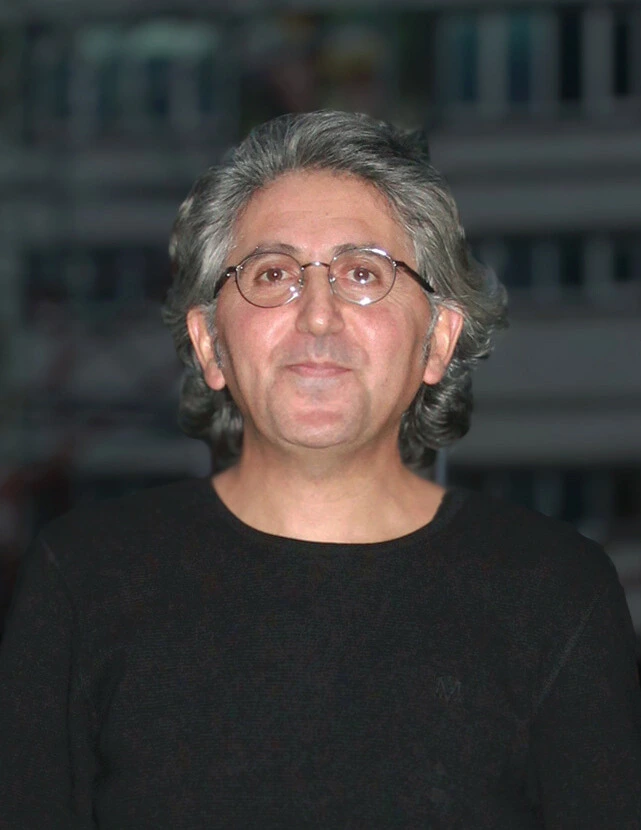
ONCOLife |
24 February 2025
In this exclusive interview with Dr. Maria de Miguel, Medical Oncologist and Clinical Investigator at START Madrid, we explore the transformative potential of Antibody-Drug Conjugates (ADCs) in oncology. Dr. de Miguel shares insights on Temab-A, a c-Met-targeted ADC showing promising efficacy in non-small cell lung cancer (NSCLC) and other solid tumors.
Dr. de Miguel, analyzes the future of ADCs in oncology, focusing on overcoming tumor resistance, and refining biomarkers to enhance patient outcomes. With numerous trials underway, this evolving therapeutic class promises to revolutionize treatment paradigms.
Click the picture to view the PDF version: Pg 8-11.
Can you provide an over-view of your research on telisotuzumab adizutecan (ABBV-400, Temab-A) and its potential as a c-Met directed ADC for NSCLC? What makes it stand out compared to other ADCs in development?
Dr. de Miguel: The c-Met signaling pathway is associated with aggressive cancer behavior and serves as a negative prognostic factor in NSCLC. Targeting c-Met cell surface protein has become a significant focus for therapeutic intervention due to its overexpression in many advanced NSCLC patients, along with several other types of solid tumors.
Telisotuzumab adizutecan is an innovative ADC targeting c-Met, conjugated to a novel topoisomerase 1 inhibitor payload. Its key differentiators include a high drug-to-antibody ratio of 6 and a unique payload, which contribute to its promising preliminary efficacy.
The confirmed overall response rate for ABBV-400 in NSCLC was 47.9%, and the clinical benefit rate was 85.4%. Can you elaborate on how these results compare to other existing treatments for this patient group?
Dr. de Miguel: In my opinion, these results are very promising, as tumor responses have been observed across different c-Met expression levels. Previous treatments targeting MET gene mutations or amplifications, using monoclonal antibodies, have shown limited activity. The main competitor to this drug is another ADC targeting c-Met overexpression, known as telisotuzimab vedotin (Teliso-V), but there are key differences.
Teliso-V is a microtubule inhibitor with a lower response rate, as shown in the Phase II LUMINOSITY trial in advanced NSCLC. In contrast, telisotuzimab adizutecan demonstrates higher efficacy, highlighting its potential as a superior therapeutic option as a c-Met-targeted treatment.
What insights have you gained from the ongoing biomarker analyses exploring the association between c-Met protein expression and treatment response? How might these results guide future clinical decision-making?
Dr. de Miguel: We have observed that higher cell surface protein c-Met expression correlates with higher response rates, with almost 80% of confirmed responses seen in patients where more than 50% of cells are 3+ staining intensity. Interestingly, we also see responses in patients with lower c-Met expression.
This could be due to factors like c-Met tumor heterogeneity, bystander effects, or upregulation following conventional treatments. Moving forward, it’s crucial to establish a threshold or identify additional biomarkers to predict which patients are most likely to benefit significantly from this treatment. This will help refine patient selection and enhance the overall effectiveness of the therapy.
Could you discuss the most common treatment-emergent adverse events, as anemia and neutropenia, in patients treated with ABBV-400? How are these managed clinically to ensure patient safety while maintaining efficacy?
Dr. de Miguel: The most common toxicities observed were hematological, with nearly 20% of patients developing grade 3 or higher neutropenia and 25% experiencing grade 3 or higher anemia, leading to dose reductions in 13% of cases.
However, patients could receive GCSF or transfusions at the investigator’s discretion, ensuring overall a manageable safety profile.
Other toxicities included gastrointestinal symptoms such as nausea, vomiting, or decreased appetite, along with some cases of pneumonitis. Despite these side effects, the treatment was generally manageable for patients throughout the trial.
With increasing interest in ADCs for solid tumors, what do you think are the key factors that will influence the future success of ADCs in oncology?
Dr. de Miguel: ADC is a promising class of therapies in oncology and has already become a part of daily clinical practice, even in first-line treatments. Their future success depends on improving target specificity, reducing toxicity, overcoming tumor resistance, and determining effective treatment combinations.
Understanding resistance mechanisms, such as target downregulation, efflux pump upregulation, or drug metabolism, is essential for identifying effective drugs and establishing optimal treatment plans and sequences for patients. Advances in these areas will be critical to unlocking the full potential of ADCs across a wide range of tumors.
Would you like to convey to oncologists and researchers about the future of ADCs in lung cancer treatment and personalized oncology?
Dr. de Miguel: IADCs represent a powerful new weapon in cancer treatment, particularly for lung cancers with currently non-actionable mutations, where effective options after first-line therapy are scarce. Innovation in this area is beginning to emerge, with telizotuzimab adizutecan and other ADCs showing promise to potentially transform this treatment landscape.
Numerous trials are underway across various tumor types and indications, signaling a significant shift in clinical practice. This evolving paradigm of ADCs could become a ‘tsunami’ of change in the field, offering new hope and opportunities for patients with current limited treatment options.

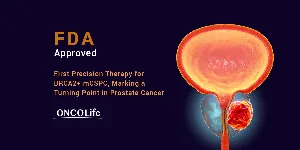
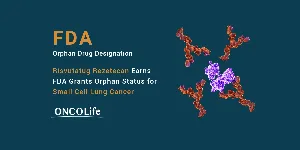
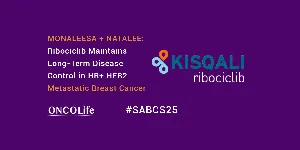
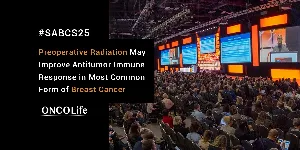
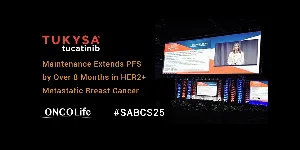

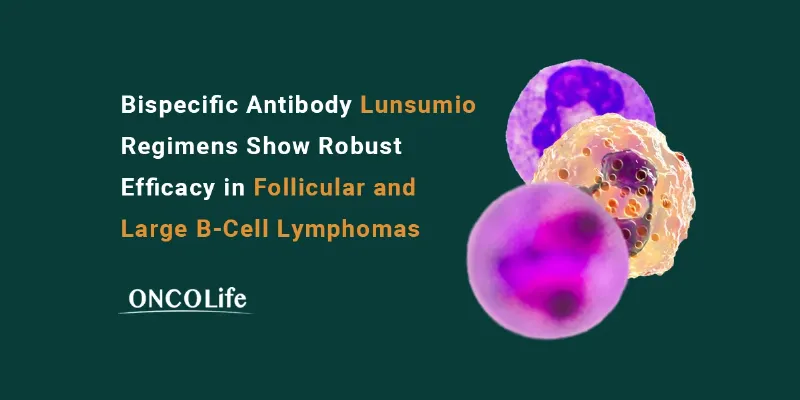
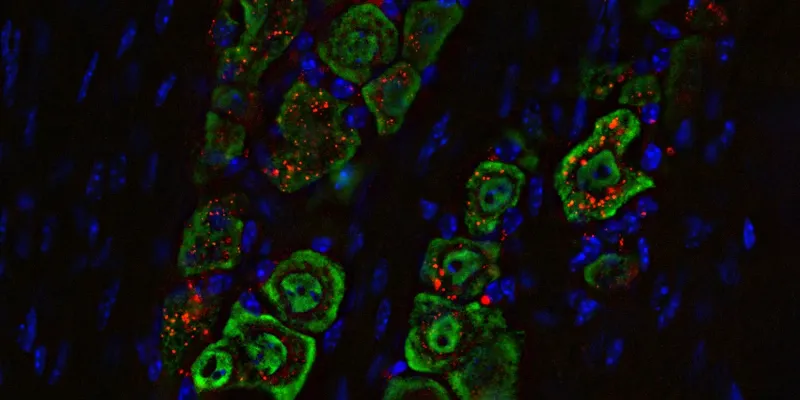

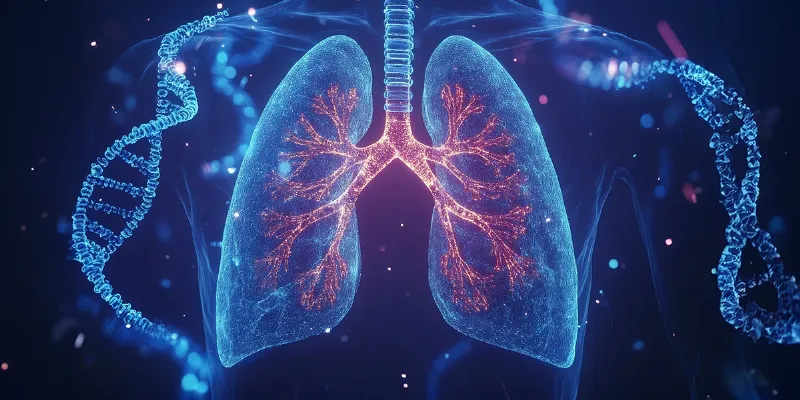
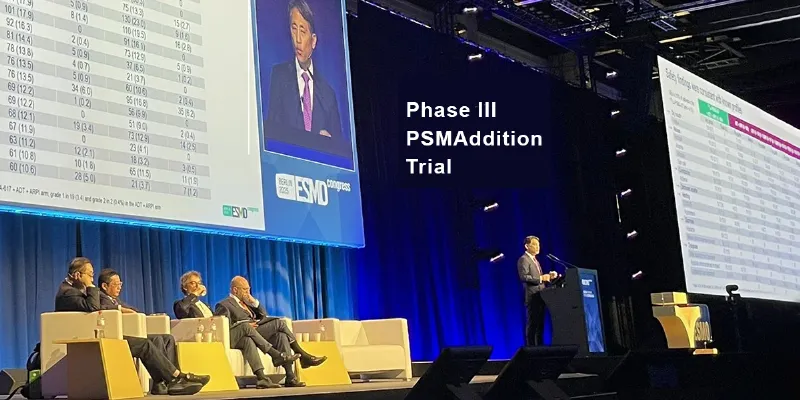
Comments
No Comments Yet!